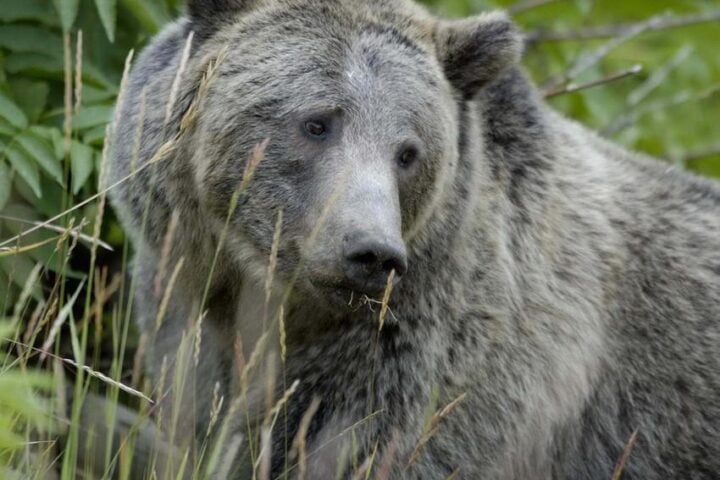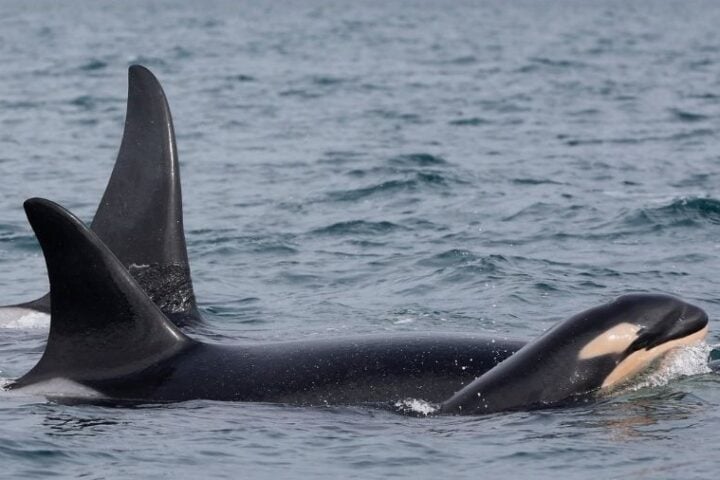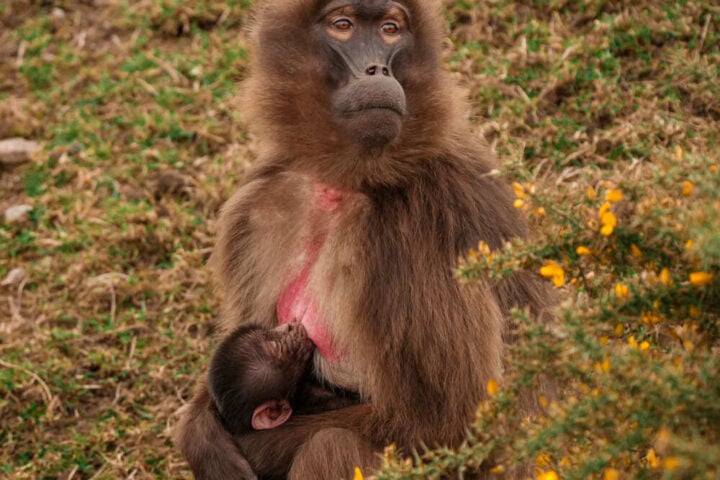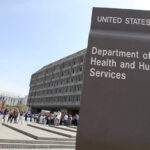The U.S. Department of the Interior has reinstated a controversial interpretation of the Migratory Bird Treaty Act (MBTA) that removes protections for birds killed accidentally by industrial activities. The April 11 decision marks a significant shift in how one of America’s oldest wildlife protection laws will be enforced.
Under the reinstated policy, companies will no longer face penalties when their operations unintentionally kill birds, as long as harming birds wasn’t their primary goal. This includes bird deaths from oil spills, power lines, wind turbines, and communication towers.
“This opinion is a setback for wild birds that are cherished by millions of Americans at a time when many migratory bird species are undergoing serious declines,” said Michael J. Parr, President of American Bird Conservancy.
What Changed and Why It Matters
For decades, the MBTA was understood to prohibit both intentional harm to birds (like hunting without a license) and “incidental take” – when birds die as a foreseeable result of business operations. The current interpretation narrows this scope dramatically.
The legal change stems from a memorandum citing Executive Order 14154, “Unleashing American Energy,” which directed federal agencies to remove “unduly burdensome” regulations. Interior Secretary Doug Burgum specifically identified the broader MBTA interpretation as conflicting with this directive.
Conservation groups warn this change removes a crucial incentive for industries to take simple, often inexpensive steps to prevent bird deaths. Previously, the law encouraged companies to cover oil waste pits, mark power lines to prevent collisions, and adjust lighting on communication towers during migration seasons.
Bird Populations Already in Decline
This policy shift comes at a troubling time for North American birds. The 2025 State of the Birds report shows bird populations have dropped by billions since 1970. About one billion birds die annually from industrial activities – deaths that were previously considered preventable under the MBTA.
The National Audubon Society points out that birding generates $279 billion in economic activity annually, with 96 million Americans participating in bird-related activities.
“As America’s birds continue to face significant declines, now is the time to strengthen their protections,” said Marshall Johnson, chief conservation officer for the National Audubon Society.
Different Rules in Different Places
Notably, the policy won’t apply uniformly across the country. Due to a previous court ruling, the narrower interpretation doesn’t apply within the jurisdiction of the Southern District of New York, creating an inconsistent patchwork of bird protections.
Historical content
The back-and-forth on MBTA interpretation reflects ongoing tension between conservation and industry interests. In 2017, a similar legal opinion eliminating protections for incidental bird deaths was issued. That interpretation was vacated by a federal court in 2020, and subsequently rescinded in 2021. The Biden administration had begun developing a permitting system for unavoidable bird deaths, which aimed to address both bird conservation and industry needs.
The MBTA has historically been used to hold companies accountable for preventable bird deaths. Following the Deepwater Horizon oil spill, BP faced significant fines for the deaths of approximately one million birds, with funds directed toward habitat restoration.
Practical Impact
Without the broader interpretation of the MBTA, conservation groups fear:
- Oil companies may be less motivated to prevent spills or cover waste pits
- Utilities might reduce efforts to retrofit power lines that electrocute birds
- Wind energy companies could place turbines in high-risk migration corridors
- Communication towers might use steady lights that attract and disorient migrating birds
Conservationists stress that protective measures often involve simple, cost-effective solutions that have become standard practice in many industries.

“The oil and gas industry, wind energy development companies, and transmission line operators have successfully worked with the U.S. Fish and Wildlife Service to devise smart ways to minimize bird deaths,” Parr noted, adding that “the Act has worked as an incentive for better practices, and thanks to the Act, huge advances have been made to protect birds.”
While the policy change removes federal enforcement power, some states have enacted their own bird protection laws that may partially fill the gap in certain regions
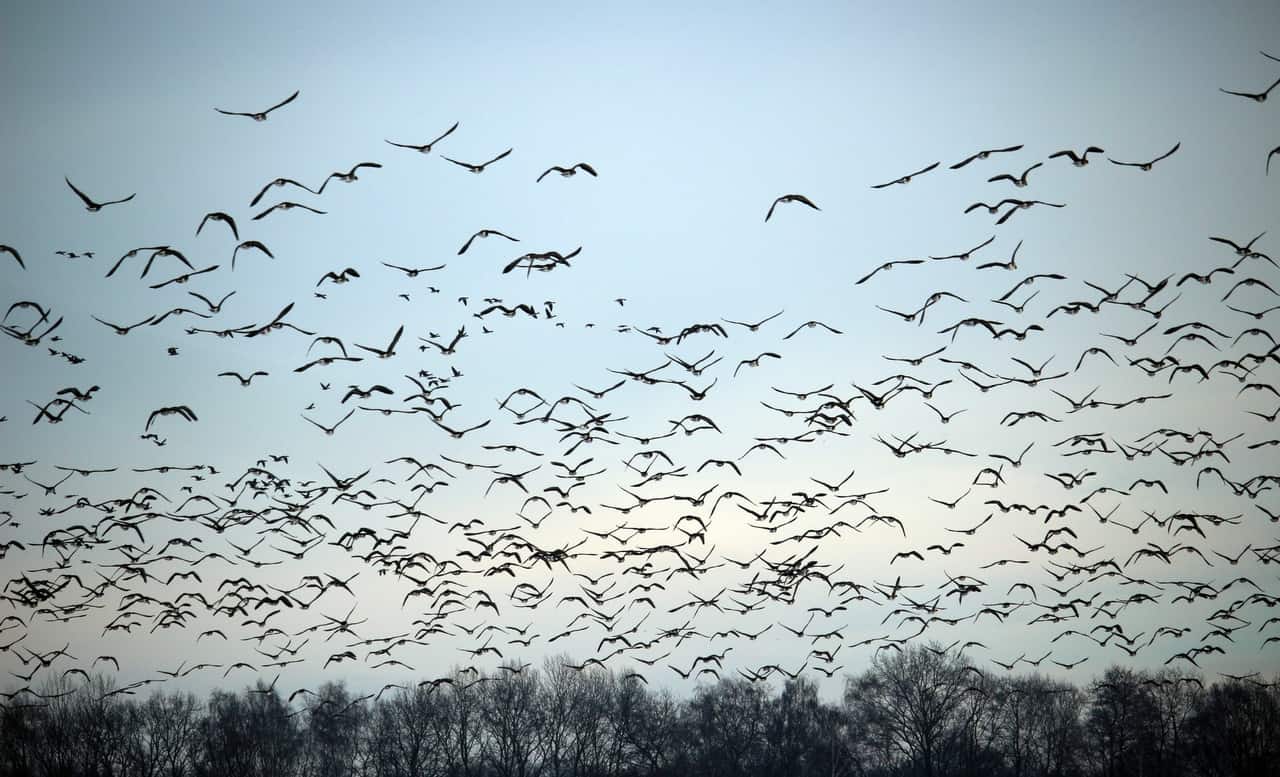



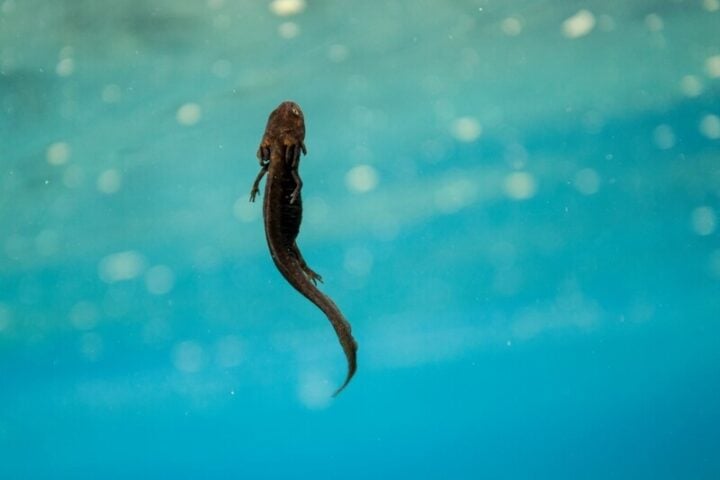
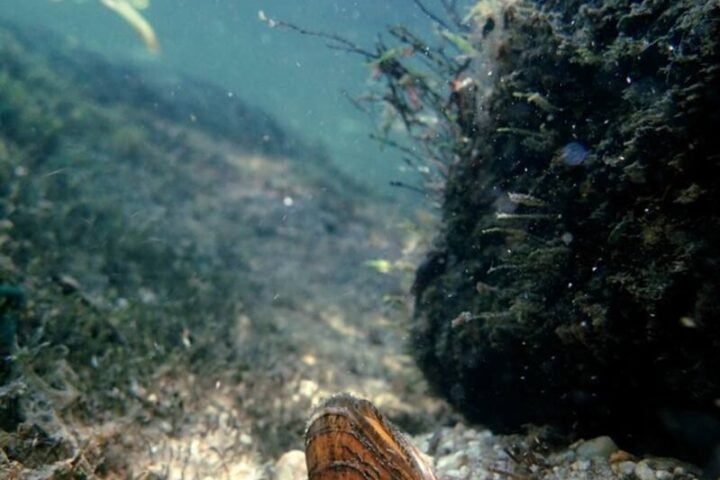

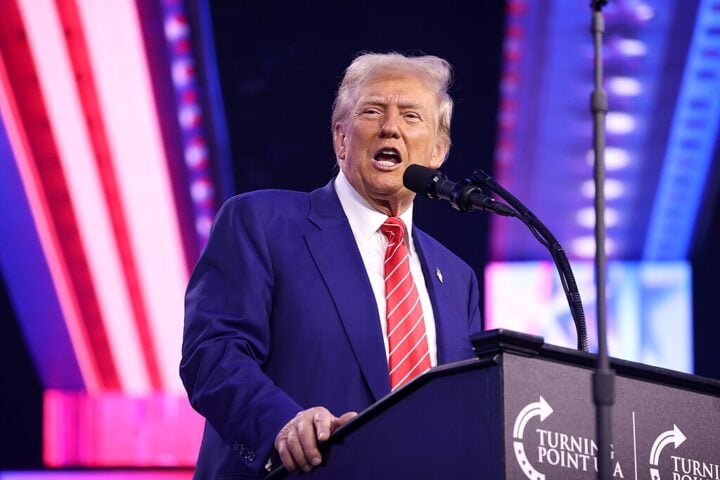
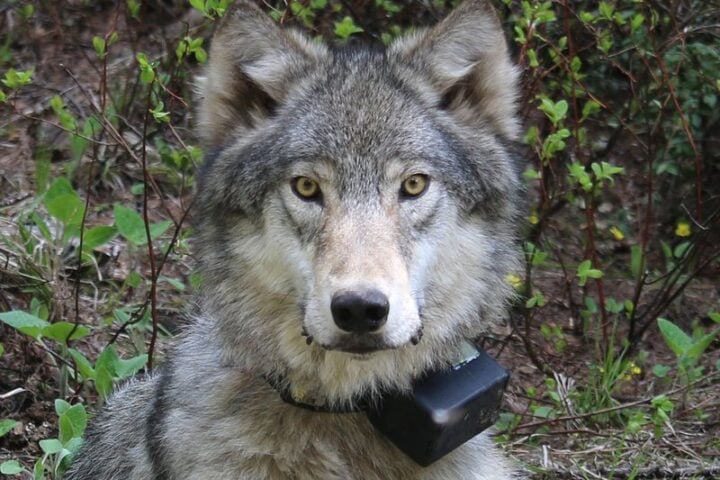

![Representative Image: European Starling [49/366]. Photo Source: Tim Sackton (CC BY-SA 2.0)](https://www.karmactive.com/wp-content/uploads/2025/04/Starlings-Drop-82-in-UK-Gardens-as-Birdwatch-2025-Reveals-Record-Low-Count-Since-1979-720x480.jpg)
